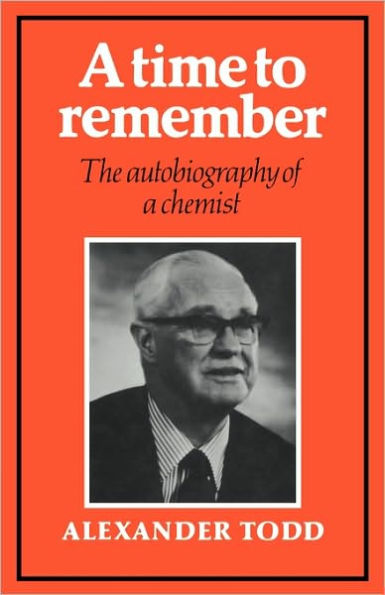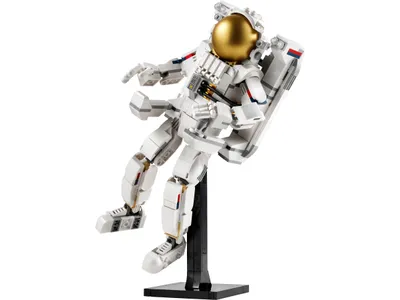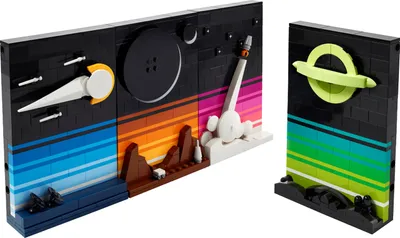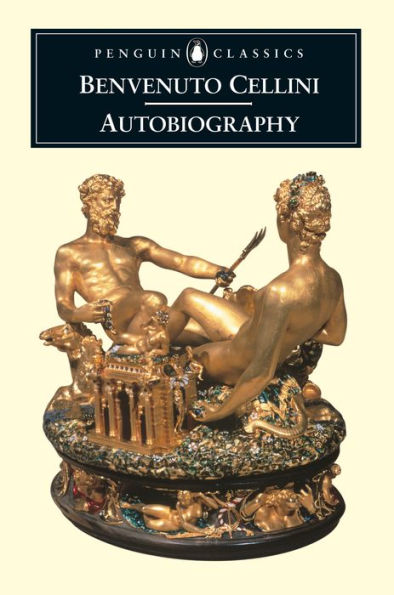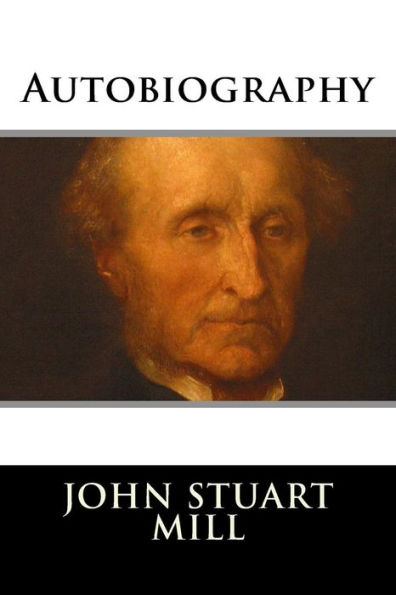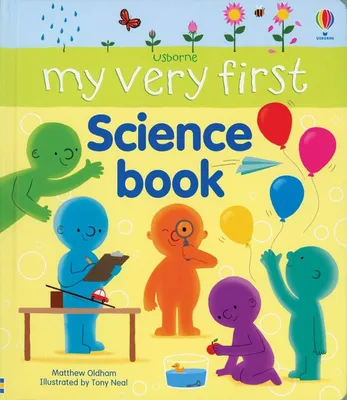Home
Autobiography Of A Rocket Scientist


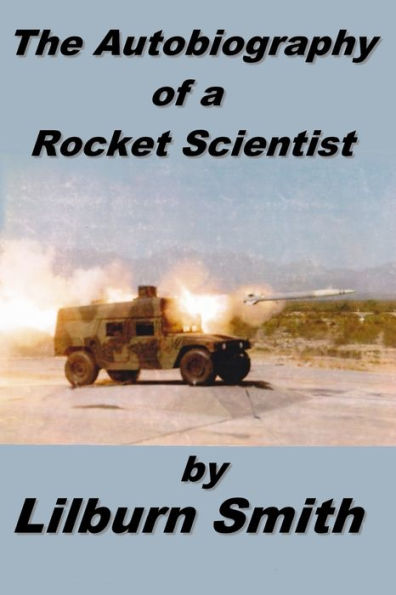
Autobiography Of A Rocket Scientist
Current price: $5.99
Loading Inventory...
Size: OS
Lilburn Smith is an Electrical Engineer who was forced to turn Rocket Scientist by world events and the twist and turns of his own career. All Lilburn wanted from a career was to build state of the art radio receivers and transmitters. When he graduated from college he could not find a job which fit his dream.
He joined Texas Instruments building military electronics equipment hoping someday to be able to build communication radios. The Cuban Missile crisis forced Lilburn into an assignment building and testing Shrike Missiles.
From there he went to Applied Technology Incorporated where he built and tested radarhoming and warning equipment in support of thefamed Wild Weasels of the Viet Nam war.
Back in Dallas at TI, Lilburn designed the guidance section for the first Laser Guided Bomb. He tested the LGB at Eglin AFR and assisted in training the airmen who took it to war. He then was a co-inventor of the laser guided artillery projectile.
At Martin Marietta in Orlando Florida he worked on the Hellfire missile and the Copperhead 155mm projectile.
At LTV in Grand Prairie Texas he was assigned to a revolutionary missile called the HVM. The missile had no explosive warhead but instead depended upon kinetic energy to defeat armored vehicles.
From there he went on to manage the development of the aiming equipment for the Multiple Launch
Rocket system. After leading an expedition to Saudi Arabia, he then directed the design of the launcher and fire control of the LOSAT anti-tank missile, which he tested at White Sands Missile Range.
Lilburn contributed greatly to the modern method of conducting war from a distance with precision weapons instead of risking troops.
